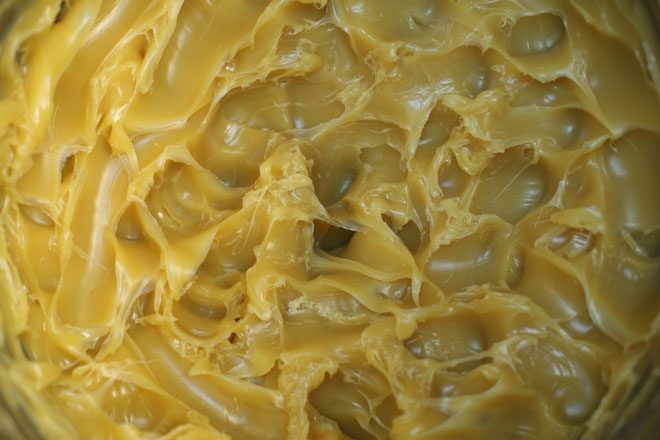In addition to xylitol, which is well-known for preventing tooth decay, chewing gum also contains preservatives, additives, and softeners… Among these, one component may be carcinogenic.
According to the New York Post, the most shocking additive that is also widely used in skincare products is lanolin. It is a petroleum-based byproduct from sheep’s skin glands. This sticky wax found in wool resembles human sebum.

Chewing gum may not be a vegan product as it contains animal-derived ingredients. (Photo: Lonetreemoderndental).
“It is highly likely that your favorite chewing gum contains lanolin, a wax secreted from sheep’s fur,” the RaiseYourBrain account on Twitter noted.
Lanolin is often used as a base for chewing gum and is not listed as an ingredient on the packaging because it has been standardized. This means that the gum you consume may not be vegan unless explicitly stated on the packaging.
In addition to the base, chewing gum also contains softeners, sweeteners, and flavorings. The most commonly used softener is made from glycerol, a chemical derived from wood resin, as well as vegetable oils.
For sweeteners, some brands use aspartame as a low-calorie and cost-effective alternative. This substance is about 200 times sweeter than sugar, so manufacturers only need to use a very small amount.
According to the Mayo Clinic, generally, sweeteners are safe for human health if consumed in certain amounts, but there is still lively debate surrounding the long-term health issues and potential risks they may pose.
“Some studies on the use of sweeteners daily and over the long term have shown a link to higher risks of stroke, heart disease, and mortality,” the Mayo Clinic states.

Lanolin, a wax secreted from sheep’s fur, is commonly used as a base for chewing gum. (Photo: Matuls).
Further research is being conducted to understand how sugar substitutes affect the gut. The Mayo Clinic notes: “Researchers are investigating whether sugar substitutes influence sweet cravings, how people feel hunger, and how the body regulates blood sugar levels.”
Another ingredient in chewing gum that has garnered attention is butylated hydroxytoluene (BHT), a preservative. According to Healthline, it is believed to be linked to cancer, although this has only been demonstrated in animal studies at much higher doses than those consumed by humans.
Aside from harmful issues, Healthline states that chewing sugar-free gum, especially gum made from xylitol, can prevent harmful bacteria that cause tooth decay. A study published in the Journal of Pediatrics indicates that excessive gum chewing may not be the cause of headaches in children and adolescents.
However, another potential issue arising from excessive gum chewing is temporomandibular joint disorder, which affects the joint connecting the jawbone to the skull. In addition to chronic pain, jaw inflammation, toothache, and ear pain, excessive gum chewing can also lead to migraines.


















































